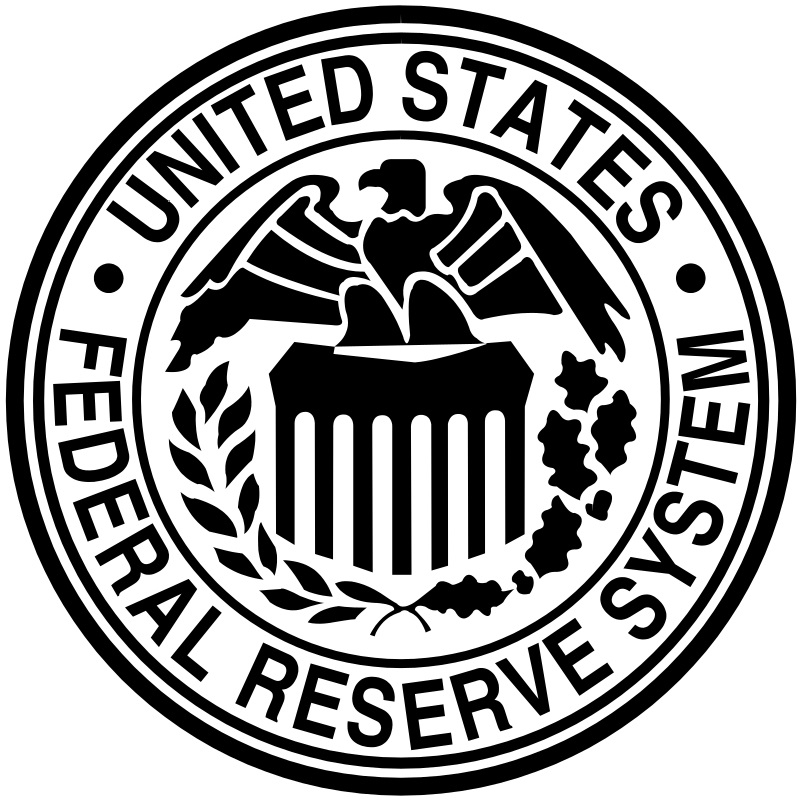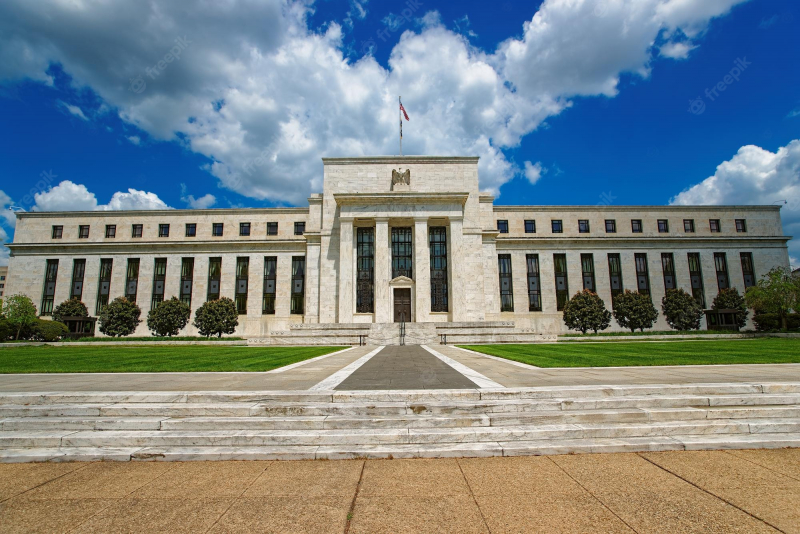Woodrow Wilson established the Federal Reserve System
One of the most important accomplishments of Woodrow Wilson is that Woodrow Wilson established the Federal Reserve System. On December 23, 1913, President Woodrow Wilson signed the Federal Reserve Act into law after the 63rd United States Congress enacted it. The bill established the Federal Reserve Institution, the United States central banking system.
Following the Democrats' unified control of Congress and the presidency in the 1912 elections, President Wilson, Congressman Carter Glass, and Senator Robert Latham Owen drafted a central banking bill that straddled the Aldrich Plan, which advocated for private control of the central banking system, and progressives like William Jennings Bryan, who advocated for government control of the central banking system. Wilson made the bill a main priority of his New Freedom domestic agenda, and he played a key role in ensuring that it passed both chambers of Congress without major modifications.
The Federal Reserve Act established the Federal Reserve System, which consists of twelve regional Federal Reserve Banks that are jointly responsible for regulating the country's money supply, issuing loans and overseeing banks, and acting as a lender of last resort. The act established the Federal Reserve Board of Governors, whose members are appointed by the president, to lead the Federal Reserve System. The Federal Reserve Act was revised by the 1933 Banking Act to form the Federal Open Market Committee, which oversees the Federal Reserve's open market operations.










